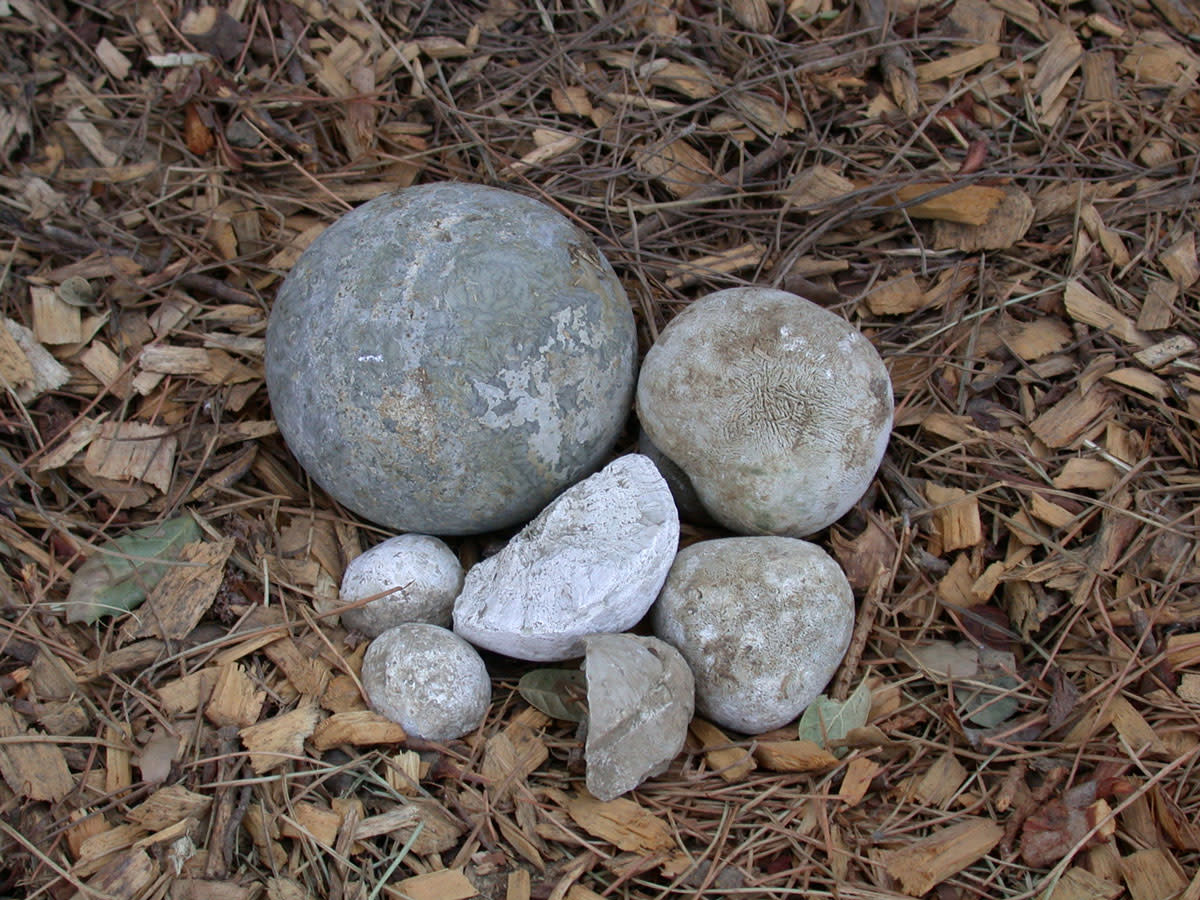
At the 2021 BEVA Colic Symposium, Ashleigh Flores, DVM, presented a synopsis about enterolithiasis. (UC Davis explained that enteroliths are mineral accumulations of magnesium-ammonium-phosphate—struvite—around a foreign object (a piece of metal, pebble, bailing twine, hair, rubber) that form round, triangular, or flat stones inside the bowel usually over the course of multiple years. They form in the large colon of horses where they can remain for some time until they move and cause an obstruction in the large or small colon, resulting in colic.)
Flores noted that there are contributing factors that include high colonic pH, access to hard water, ingestion of alfalfa hay and stall confinement.
A retrospective study from 1997-2018 at the University of California, Davis, Veterinary Medical Teaching Hospital evaluated 953 cases of enterolithiasis in 926 horses admitted during that time period. Fifty-four horses with a previous diagnosis of enterolithiasis experienced recurrence at a rate of 5.8%.
Enterolithiasis accounted for 9.1% of 9451 colic cases during the study period.
- Enterolith cases tend to occur in older horses with a mean age of 15.2 +/- 7.1 years.
- General colic tends to occur at a mean age of 12.7 +/- 7 years.There was no gender predisposition.
- Quarter Horses, Paint horses and Arabians were over-represented in having enterolithiasis while Warmbloods and Thoroughbreds were under-represented with enterolithiasis compared to general colic.
Diet seemed to be a strong contributing factor to enterolith development, although other factors might be contributory. Three-fourths of horses fed a diet of 50–100% alfalfa developed enterolithiasis. If alfalfa contributes to less than half the diet, enterolithiasis occurred in only 7%.
Survival is excellent following celiotomy to remove the enterolith. There is both a short-term and long-term survival incidence of around 95%. Flores noted that early diagnosis is important because gastrointestinal rupture occurred in cases requiring euthanasia.








